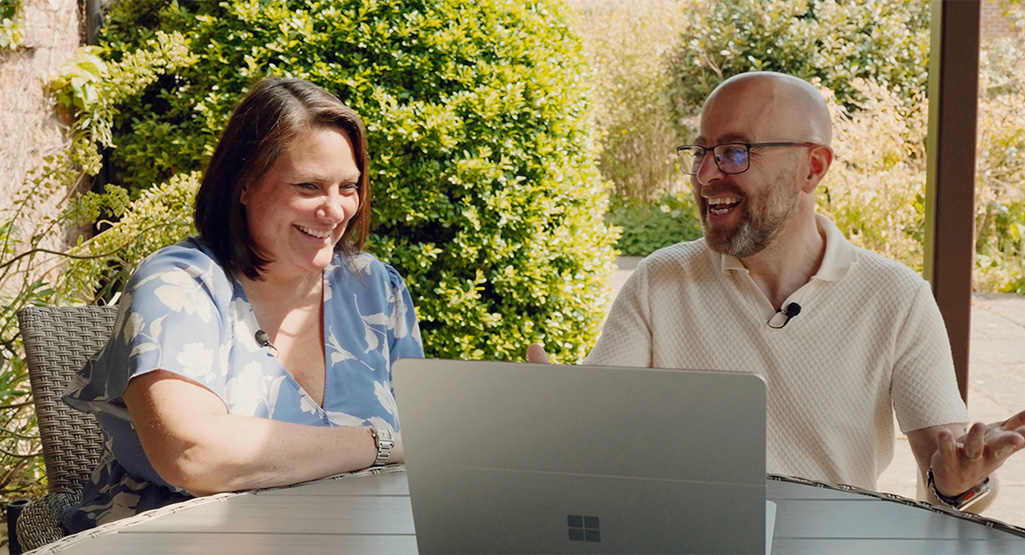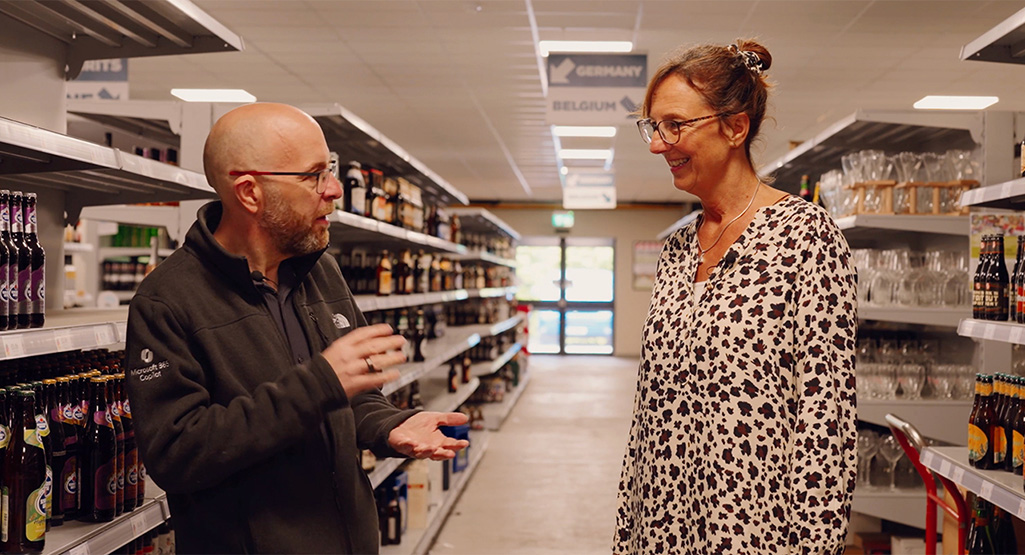Explore AI and digital adoption strategies. Understand how to develop them for your small business and start-up.

AI and digital adoption
Back to HSBC Small Business Growth ProgrammeWebinar – How to Succeed as a Small Business
Episode 3/4 | Microsoft UK: Mastering Digital Adoption, Alison Wright, SMB Director
Watch Episode 4Make the most of the Small Business Growth Programme
As well as enjoying the below articles you can also register for our webinars and events and access specialised training with Microsoft and Upskill Universe to develop key business skills.
Register for free to become a member of the programme so you don’t miss out on any updates.
AI in Action: Real stories, real results
- Episode 1: Pure Class Vintage
- Episode 2: Black Shuck
- Episode 3: HR4 Business
- Episode 4: Beers of Europe

AI in Action: Pure Class Vintage
Find out how AI is helping Pure Class Vintage boost online visibility, streamline content creation, and match unique finds with the customers who will treasure them most.

AI in Action: Black Shuck
Our partner Microsoft helped HSBC customer Black Shuck understand how AI could help them streamline tasks, supercharge creativity, and focus on what matters most.

AI in Action: HR4 for Business
Find out how AI is helping HR4 Business stay ahead in a rapidly shifting job market, delivering tailored, compliant support for every client.

AI in Action: Beers of Europe
Find out how AI is helping Beers of Europe turn one of the UK’s largest beer selections into a perfectly curated experience for every shopper.

Generative artificial intelligence (AI)
Artificial intelligence (AI) is technology that allows computers to perform tasks and make decisions like a human. AI tools make these decisions by learning and analysing large amounts of data to look for patterns and make predictions.


